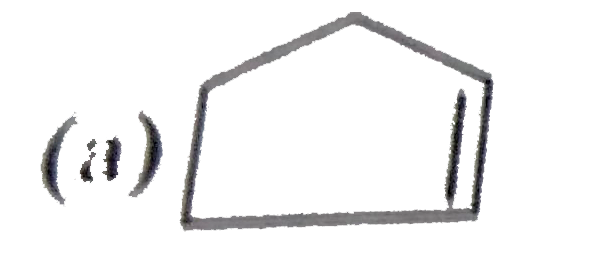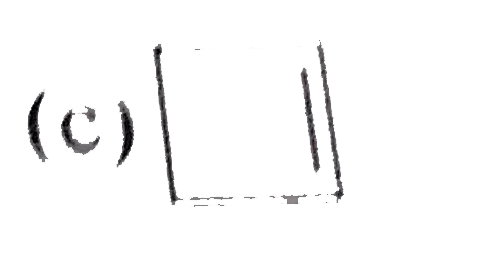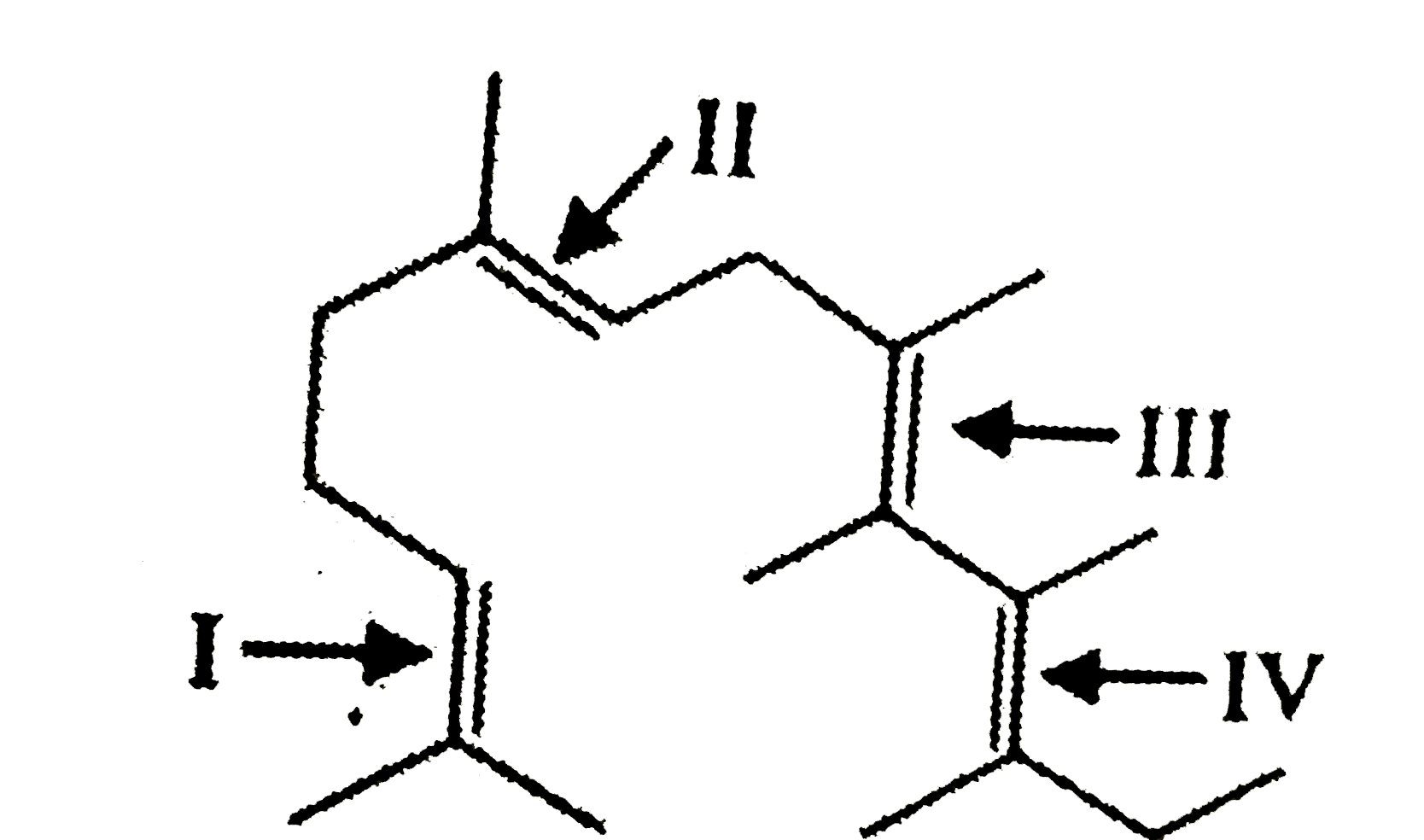Geometrical is omerism is possible in:
CH3CH(CH3)CH2CH2CH3
CH3CH=CHCH3
CH3CH=CH2
ClH2C−CH2Cl
To determine which compound exhibits geometrical isomerism, we need to analyze the given options based on the criteria for geometrical isomerism:
1. Restriction of rotation: Geometrical isomerism occurs when there is a double bond or a ring structure that restricts rotation around the bond.
2. Different groups attached to the carbon atoms involved in the double bond: For geometrical isomerism to occur, the two carbon atoms in the double bond must have different substituents.
Now, let's evaluate each option step by step:
Step 1: Analyze Option A
- Structure: CH3-CH-CH2-CH2-CH3 (single bonds)
- Analysis: This compound has single bonds, which allows for free rotation around the carbon-carbon bonds. Therefore, geometrical isomerism is not possible in this case.
Step 2: Analyze Option B
- Structure: CH3-CH=CH-CH3 (double bond)
- Analysis: This compound contains a double bond between the second and third carbon atoms. The groups attached to these carbons are:
- On the second carbon: CH3 and H
- On the third carbon: CH3 and H
- Since the groups attached to the double-bonded carbons are different, geometrical isomerism is possible. This compound can exhibit both cis and trans isomers.
Step 3: Analyze Option C
- Structure: CH3-CH=CH2 (double bond)
- Analysis: This compound also has a double bond. The groups attached to the double-bonded carbon atoms are:
- On the second carbon: CH3 and H
- On the third carbon: H and H
- Since one of the carbons has two identical hydrogen atoms, geometrical isomerism is not possible in this case.
Step 4: Analyze Option D
- Structure: Cl-CH2-CH2-Cl (single bonds)
- Analysis: This compound has single bonds, which allows for free rotation around the carbon-carbon bonds. Therefore, geometrical isomerism is not possible in this case.
Conclusion
After analyzing all options, we find that only Option B exhibits geometrical isomerism due to the presence of a double bond and different substituents on the carbon atoms involved in the double bond.
Final Answer
Option B shows geometrical isomerism.
---
2. Different groups attached to the carbon atoms involved in the double bond: For geometrical isomerism to occur, the two carbon atoms in the double bond must have different substituents.
- Structure: CH3-CH-CH2-CH2-CH3 (single bonds)
- Analysis: This compound has single bonds, which allows for free rotation around the carbon-carbon bonds. Therefore, geometrical isomerism is not possible in this case.
- Structure: CH3-CH=CH-CH3 (double bond)
- Analysis: This compound contains a double bond between the second and third carbon atoms. The groups attached to these carbons are:
- On the second carbon: CH3 and H
- On the third carbon: CH3 and H
- Since the groups attached to the double-bonded carbons are different, geometrical isomerism is possible. This compound can exhibit both cis and trans isomers.
- Structure: CH3-CH=CH2 (double bond)
- Analysis: This compound also has a double bond. The groups attached to the double-bonded carbon atoms are:
- On the second carbon: CH3 and H
- On the third carbon: H and H
- Since one of the carbons has two identical hydrogen atoms, geometrical isomerism is not possible in this case.
- Structure: Cl-CH2-CH2-Cl (single bonds)
- Analysis: This compound has single bonds, which allows for free rotation around the carbon-carbon bonds. Therefore, geometrical isomerism is not possible in this case.
After analyzing all options, we find that only Option B exhibits geometrical isomerism due to the presence of a double bond and different substituents on the carbon atoms involved in the double bond.
Option B shows geometrical isomerism.
Similar Questions
In the following structure ,the double bonds are marked as I,II,III and IV .Geometrical isomerism is not possible at site ( s) :
 View Solution
View SolutionWhy is geometrical isomerism not possible in tetrahedral complexes having two different types of unidentate ligands coordinated with central metal ion ? .
View Solution
Knowledge Check
- Question 1 - Select One
Geometrical isomerism is possible in :
Aformaldehyde hydrozoneBacetone oximeCacetophebnone oximeDbenzophenone oxime - Question 2 - Select One
Geometrical isomerism is possible in
AAcetone-oxineBIsobuteneCAcetophenone-oximeDBenzophenone-oxime - Question 3 - Select One
Geometrical isomerism is possible in :
A B
B C
C D
D
Geometrical isomersim is possible in:
View SolutionGeometrical isomerism is possible in case of
View SolutionIn which of the following geometrical isomerism is possible ?
View SolutionGeometrical isomerism is not possible in
View SolutionIn the following structure, the double bonds are marked as I, II, III and IV

Geometrical isomerism is not possible at site (s):View Solution

